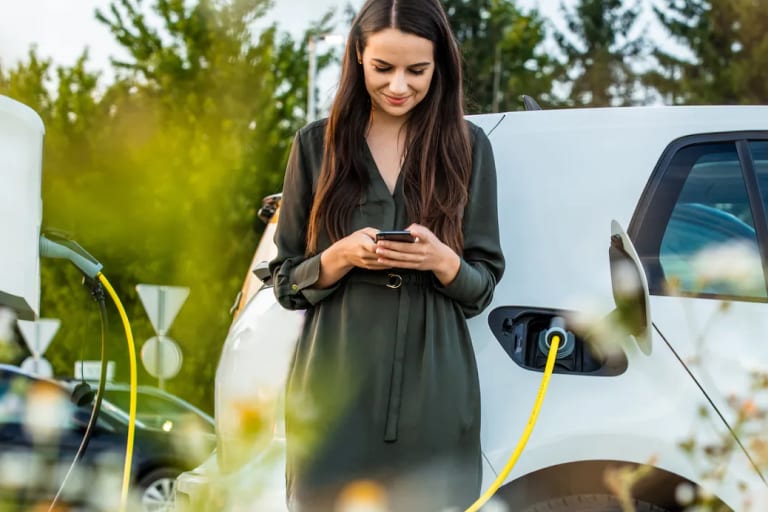As more Australians consider switching to an electric vehicle (EV), it’s time to take a practical look at what that means for you. Buying vs leasing, charging infrastructure, batteries and maintenance are just some of the important considerations when choosing your first EV.
To buy or not to buyWhether it’s electric or petrol, buying a new car outright is a considerable upfront cost. And while EV prices are becoming more competitive in Australia, outright ownership isn’t your only option. New EVs can be purchased for under $40,000, but these vehicles may not meet your needs in terms of size, range and features. Are you driving long or short distances? Are you in the city or country? Can you charge overnight at home? Are you single, a couple or a large family? The more you need, the higher the price can creep. But with more EVs on the market than ever, you’re likely to find one with the features and price that works for you.




